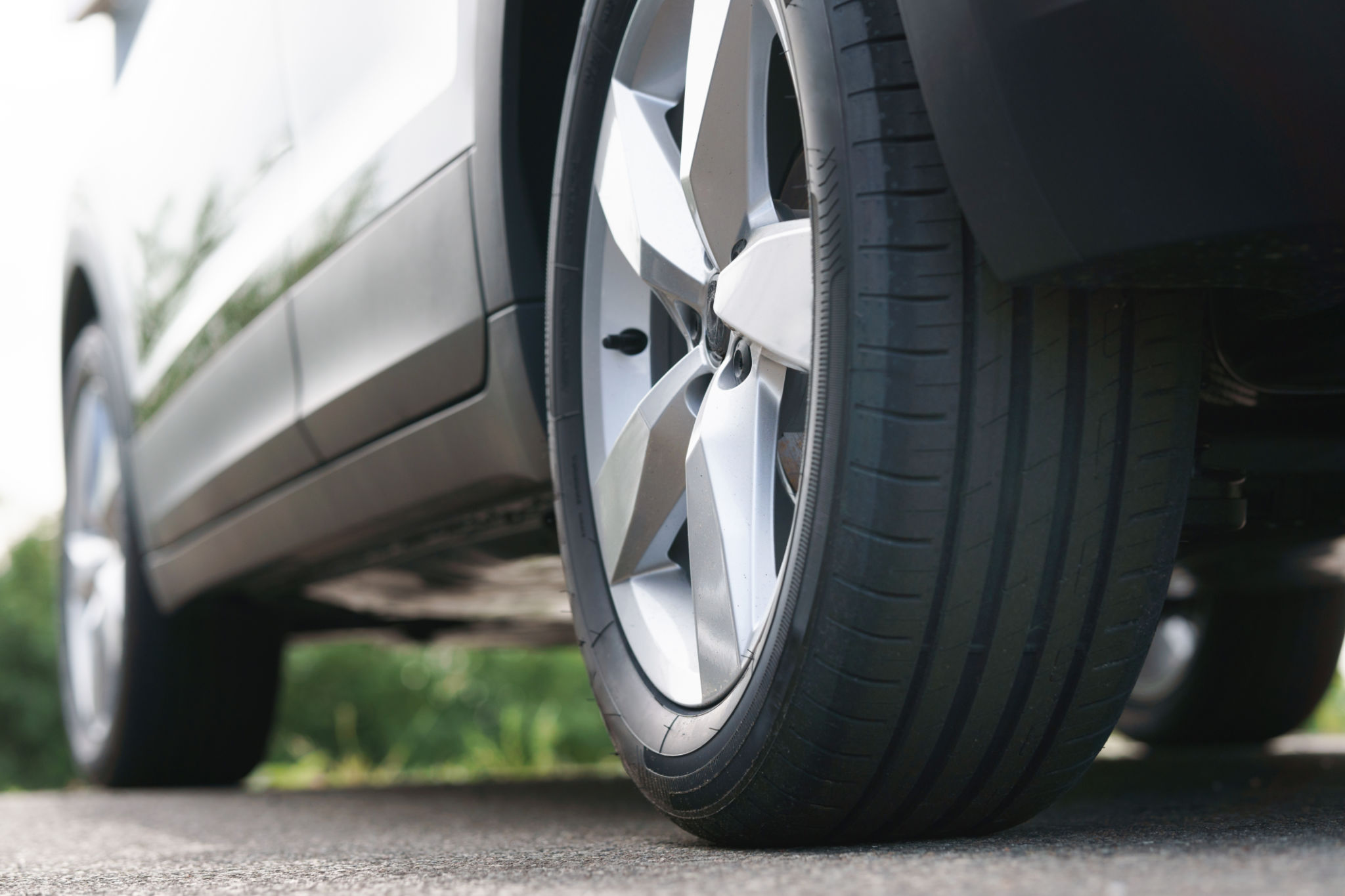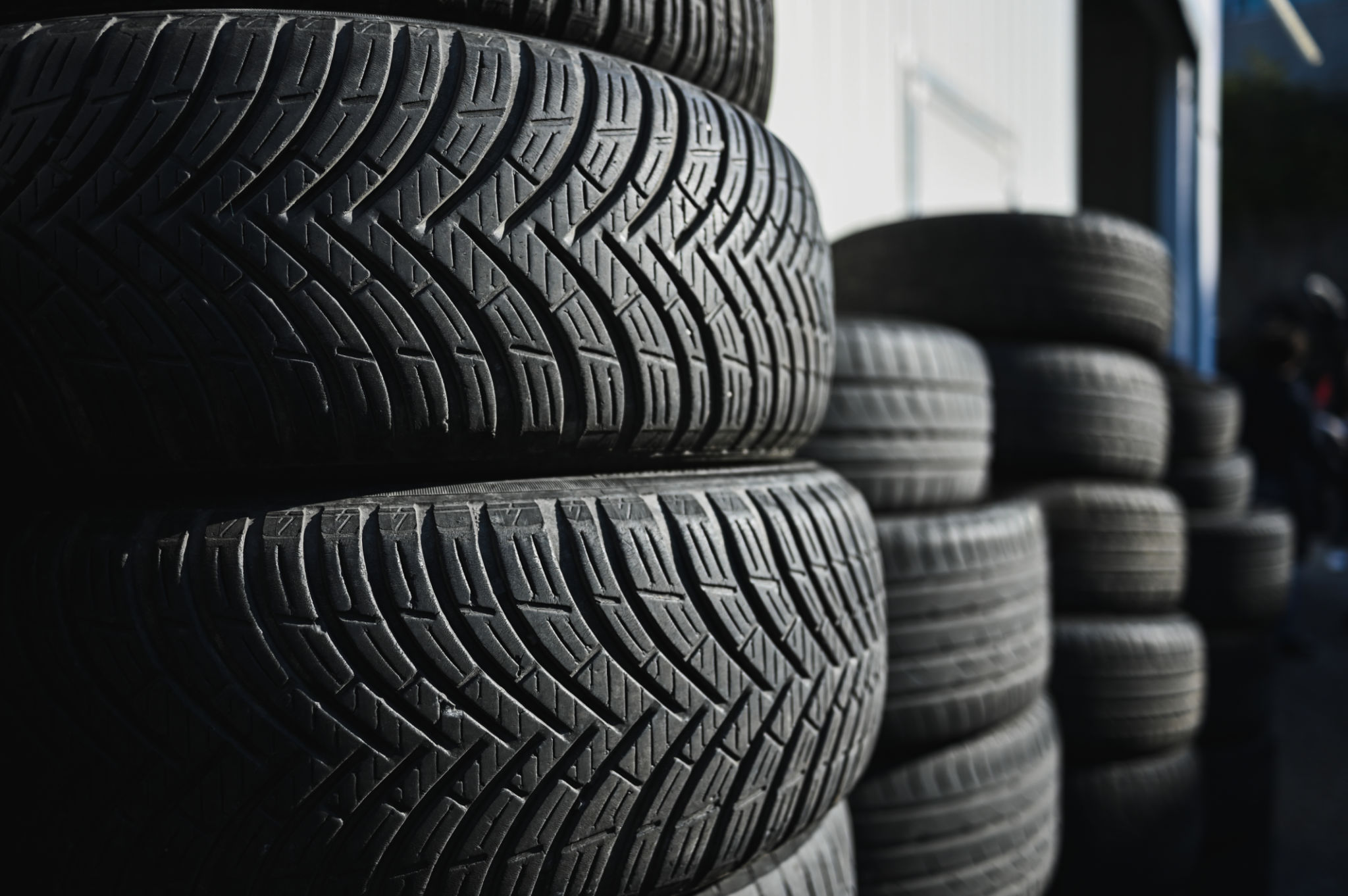The Ultimate Guide to Choosing the Perfect Wheels and Tires for Your Vehicle
Understanding the Basics of Wheels and Tires
When it comes to enhancing your vehicle's performance and aesthetics, selecting the right wheels and tires is crucial. The right combination can improve handling, fuel efficiency, and the overall look of your car. Before diving into the selection process, it's essential to understand the basic components and their functions.
Wheels come in various sizes, materials, and designs, each affecting your vehicle's performance differently. Similarly, tires come with different tread patterns, sizes, and rubber compounds. Knowing these differences will help you make an informed decision that suits your driving style and environmental conditions.

Factors to Consider When Choosing Wheels
Size Matters
One of the most critical factors in choosing wheels is size. The diameter of the wheel affects both the vehicle's performance and appearance. Larger wheels can enhance the look of your vehicle but may impact fuel efficiency and ride comfort. It's essential to strike a balance between aesthetics and functionality.
Materials Make a Difference
Wheels are typically made from steel or alloy. Steel wheels are durable and cost-effective but tend to be heavier. Alloy wheels, on the other hand, are lighter and offer better performance but come at a higher price point. Your choice will depend on your budget and performance needs.

Choosing the Right Tires
Tire Types and Tread Patterns
Tires are designed for specific driving conditions. All-season tires are versatile, offering a balance of performance in wet and dry conditions. Performance tires provide enhanced grip for sporty driving but may wear out faster. If you drive in snowy regions, winter tires with deep treads are essential for safety.
Tire Size and Fitment
Matching the tire size with your vehicle's specifications is crucial for safety and performance. Check your car's manual or the placard inside the driver's door for recommended sizes. Proper fitment ensures optimal handling and prevents issues like uneven wear or tire rub.

Balancing Aesthetics and Performance
While performance is paramount, aesthetics also play a significant role in wheel and tire selection. Different wheel designs can dramatically change the look of your vehicle. Consider how a particular wheel design complements your car's body style.
Tire profiles also affect aesthetics. Low-profile tires can give your vehicle a sporty look but may compromise ride comfort. Consider how much importance you place on appearance versus comfort when making your selection.

Maintaining Your Wheels and Tires
Once you've chosen the perfect wheels and tires, maintenance becomes crucial for longevity and performance. Regularly check tire pressure, rotate tires every 5,000 to 7,000 miles, and ensure proper alignment. This routine will help extend the life of your investment and maintain optimal driving conditions.
Additionally, clean your wheels regularly to prevent brake dust build-up that can damage finishes over time. A mild soap solution and a soft brush can keep your wheels looking brand new.

Conclusion
Choosing the perfect wheels and tires involves a careful balance of size, material, type, and aesthetics. By understanding these factors, you can make an informed decision that enhances both the performance and appearance of your vehicle. Remember to maintain them properly to get the most out of your investment.
Your wheels and tires are more than just functional components; they reflect your style and driving preferences. With this guide as a reference, you're well-equipped to make a choice that you'll enjoy on every drive.